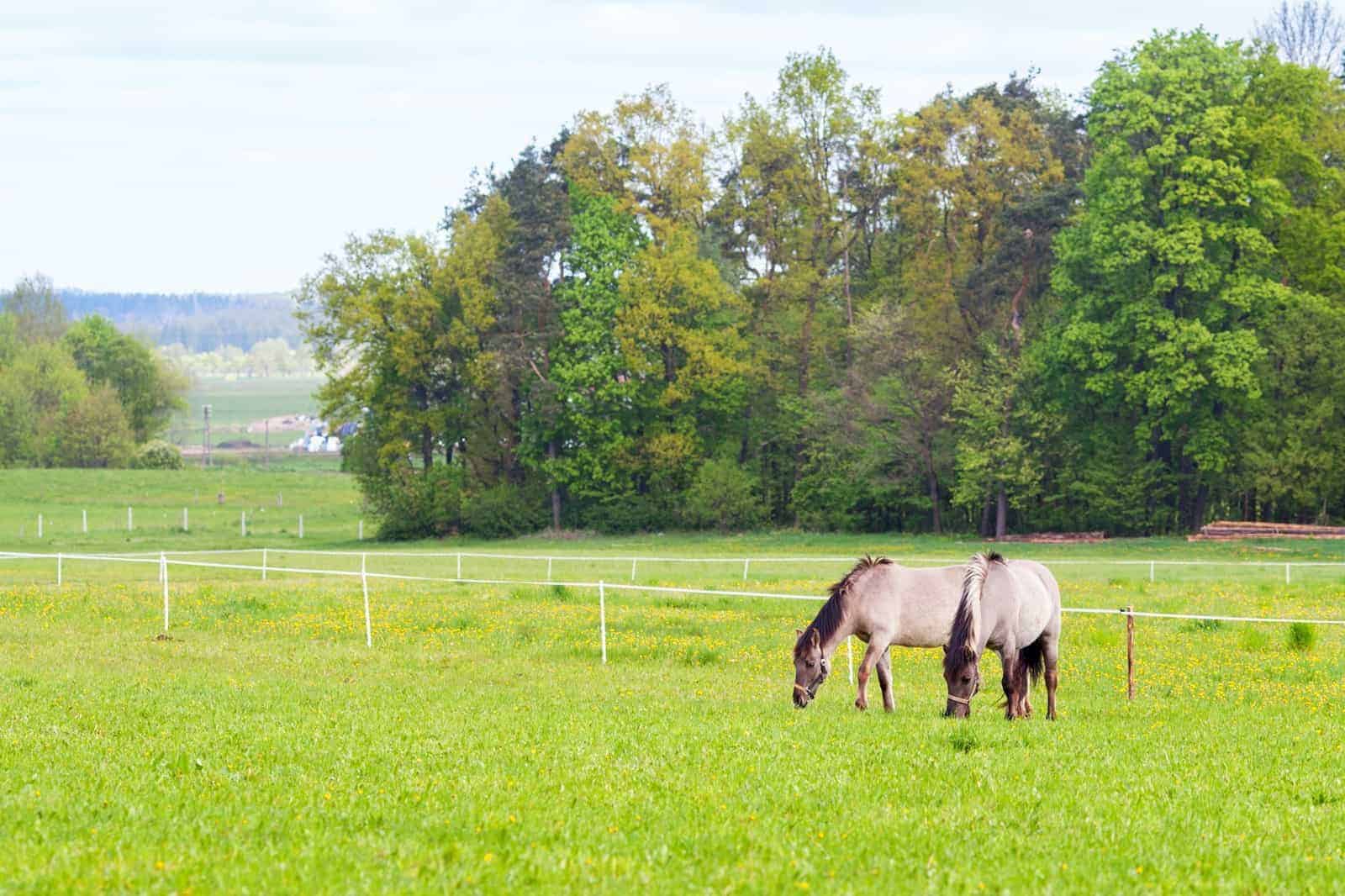Pasture Management 101: Renovating Horse Fields

Begin by evaluating pastures for grass and clover stand, along with weed presence.
“Be realistic about the status of the pastures and use caution not to over-or-under represent the coverage of the pasture with weeds and grasses,” says Jennie Ivey, MS, PhD, assistant professor and extension equine specialist at the University of Tennessee Institute of Agriculture. An accurate evaluation will aid in determining if you should plant more grasses, legumes, or both.
Then, consider what you need to add. “Select a forage that is appropriate for the region and that will complement the existing stand,” Ivey advises
Create a free account with TheHorse.com to view this content.
TheHorse.com is home to thousands of free articles about horse health care. In order to access some of our exclusive free content, you must be signed into TheHorse.com.
Start your free account today!
Already have an account?
and continue reading.
Written by:
Hope Ellis-Ashburn, MS
Related Articles
Stay on top of the most recent Horse Health news with












